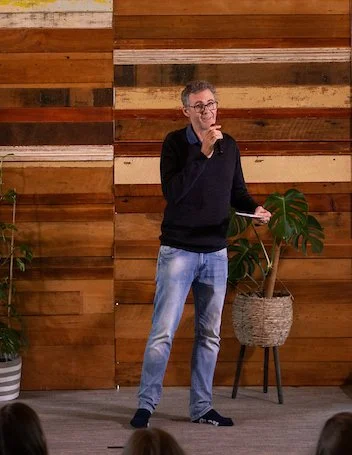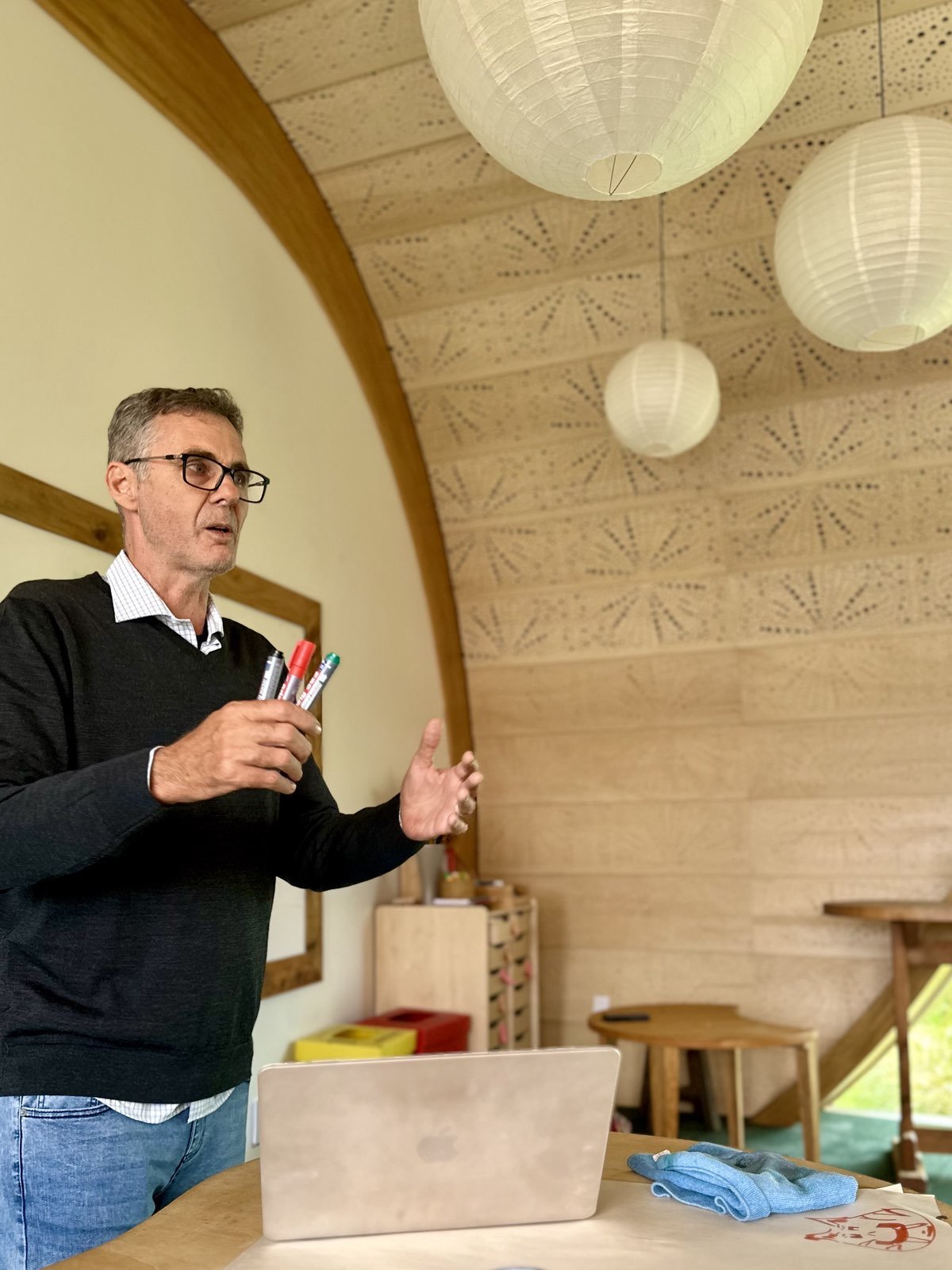Rewild the Classroom - Why Education Needs to Grow Like a Garden (Not a Golf Course)
Rewild the Classroom: Why Education Needs to Grow Like a Garden (Not a Lawn)
It all started while I was mowing my lawn (I’m renting – so, it’s not really my lawn) — badly. My patchy, uneven, slightly feral stretch of grass is the embarrassment of the neighborhood. Every house around me has those pristine, ruler-straight lawns that look like they’ve been trimmed with nail scissors. Mine looks like it’s having an existential crisis. But somewhere between dodging dandelions and jamming the mower on a lump of clover, I started thinking: maybe that’s not such a bad thing. Maybe lawns — and learning — aren’t meant to be landscaped, trimmed, and sterile.
*Learn more below about Green School New Zealand and it’s journey here. Hear from Sal here on Toddle Podcast or here on The Learning Future Podcast or a chat with India at Future School Leaders and at Educators Changemakers Academy Educators.
The Over-Manicured Classroom
Traditional schooling is a nice looking, overly manicured, fenced in monoculture lawn — meticulously maintained, uniform, predictable. We’ve trimmed curiosity, weeded away creativity, and installed tidy little pathways so students can march from test to test without ever brushing against the wild edges of wonder.
It looks organised. It photographs well. But it’s lifeless. The soil of imagination is compacted, the diversity of thought has been weeded out, and students are quietly starving for something real — sunlight, dirt, mess, and meaning.
Rewilding Isn’t Chaos — It’s Ecology
When we rewild a garden, we don’t throw seeds randomly and hope for the best (okay, maybe a little). We build ecosystems — diverse, interdependent, dynamic. Rewilding education means the same: freeing teachers and students from chemical controls (aka over-assessment and over-scheduling) and letting learning grow in surprising directions.
Let ideas cross-pollinate between science and art. Let mistakes decompose into fertile compost for new understanding. Let curiosity take root and spread, even if it looks a bit untidy.
A School That Buzzes
Imagine a classroom that hums like a pollinator garden. Students move, debate, build, fail, reflect, and bloom. Teachers act more like gardeners than groundskeepers — tending conditions for growth, not trimming every leaf that sticks out. Assessments become harvests — moments to see what’s thriving, not punish what didn’t sprout fast enough. The timetable becomes a permaculture plan: a living design, not a factory schedule.
The Science of Mess
Ecologists know that biodiversity equals resilience. The same goes for education. When students learn through multiple pathways — outdoor exploration, creative projects, collaborative inquiry — they develop intellectual biodiversity. They can weather change, adapt, innovate.
You don’t get that by mowing every week to a uniform 3 cm.
What It Looks Like in Practice
· Replace some “lawn time” (worksheets, repetition) with “wild time” (student-led inquiry).
· Let projects evolve organically — like a garden that self-seeds.
· Create habitats for different learning species: introverts, makers, thinkers, dreamers.
· Bring in the local ecology: community mentors, indigenous wisdom, actual dirt.
It’s not about throwing out structure — it’s about designing for life.
Why It Matters
Just as rewilded gardens bring back bees and birds, rewilded classrooms bring back joy, curiosity, and connection. Kids start buzzing with ideas again. Teachers rediscover purpose. Learning stops being a monoculture and starts being an ecosystem.
Education doesn’t need more fertiliser; it needs better soil. Less control. More care. Fewer lawns. More life.
Final Thought
If lawns were the 20th century’s symbol of success, maybe wild gardens are the 21st century’s sign of wisdom. And maybe — just maybe — the same is true for schools.
Let’s stop mowing the minds of our young people. Let’s rewild education. Because the future belongs to those who let things grow.







